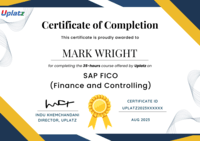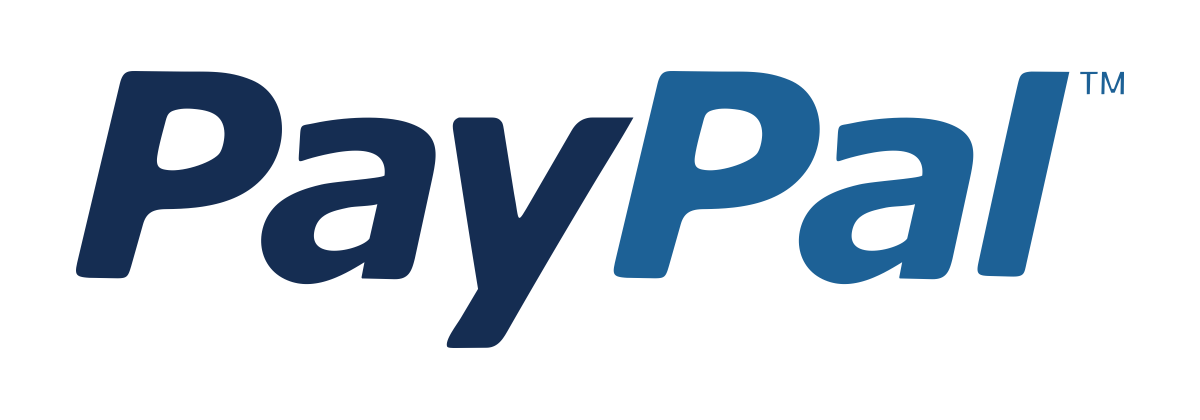Phi-3
Master Phi-3 Mini, Phi-3 Small, and Phi-3 Medium models to build efficient, scalable, and high-quality AI applications optimized for edge, mobile, and Price Match Guarantee
Full Lifetime Access
Access on any Device
Technical Support
Secure Checkout
Course Completion Certificate
Price Match Guarantee
Full Lifetime Access
Access on any Device
Technical Support
Secure Checkout
Course Completion Certificate
 97% Started a new career
BUY THIS COURSE (
97% Started a new career
BUY THIS COURSE (GBP 12 GBP 29 )-
 86% Got a pay increase and promotion
86% Got a pay increase and promotion
Students also bought -
-

- Gemma
- 10 Hours
- GBP 12
- 10 Learners
-

- Mistral
- 10 Hours
- GBP 12
- 10 Learners
-

- DeepSpeed
- 10 Hours
- GBP 12
- 10 Learners

-
High-quality curated data
-
Synthetic data for reasoning
-
Instruction-tuning datasets
-
Safety-aligned corpora
-
Phi-3 Mini (3B)
-
Phi-3 Small (7B)
-
Phi-3 Medium (14B)
-
Multi-head attention
-
Rotary positional embeddings
-
High-quality normalization layers
-
Optimized feed-forward blocks
-
Dense, high-quality synthetic reasoning datasets
-
Carefully filtered web data
-
Instructional and conversational tuning
-
Safe alignment data
-
LoRA
-
QLoRA
-
Adapters
-
Prefix tuning
-
4-bit and 8-bit quantization
-
ONNX Runtime
-
DirectML (Windows GPUs)
-
TensorRT-LLM
-
Hugging Face Transformers
-
Azure AI Studio
-
Local CPU/GPU/edge devices
-
Mastery of one of the most efficient LLM families
-
Ability to run high-performance models on low-cost hardware
-
Practical fine-tuning skills with LoRA/QLoRA
-
Experience deploying LLMs in real business environments
-
Expertise in Microsoft’s AI ecosystem (ONNX, DirectML, Azure AI Studio)
-
Competitive advantage in LLM engineering careers
-
Skills to build secure, controllable, and domain-specific AI systems
-
Architecture of Phi-3 Mini, Small & Medium
-
Loading Phi-3 using Hugging Face and ONNX
-
Running Phi-3 on CPU, GPU, and mobile/edge
-
Using quantization for memory-efficient inference
-
Fine-tuning using LoRA/QLoRA
-
Instruction tuning and safety alignment
-
Prompt engineering for Phi-3
-
RAG systems with Phi-3 embeddings
-
Code completion with Phi-3 Code models
-
Deploying Phi-3 using FastAPI, Azure AI, or local hosting
-
Capstone: Build and deploy your own Phi-3-powered assistant
-
Start with running Phi-3 locally
-
Learn quantization and inference optimization
-
Experiment with fine-tuning via QLoRA
-
Build small applications with FastAPI or Streamlit
-
Deploy models using ONNX Runtime or Azure
-
Complete the capstone project with a domain-specific fine-tuned model
-
Machine Learning Engineers
-
NLP/LLM Engineers
-
Data Scientists
-
AI Product Developers
-
Software Engineers using AI tools
-
Students entering the AI field
-
Enterprise teams building private AI assistants
By the end of this course, learners will:
-
Understand the architecture and training strategy of Phi-3
-
Run Phi-3 on local CPUs, GPUs, and edge devices
-
Fine-tune Phi-3 efficiently using PEFT methods
-
Build domain-specific NLP & generative AI applications
-
Deploy Phi-3 across cloud/on-prem/edge platforms
-
Use ONNX, DirectML, and FastAPI for optimized inference
-
Develop a complete Phi-3-based AI system
Course Syllabus
Module 1: Introduction to Phi-3
-
Model overview
-
Phi-3 vs other open LLMs
Module 2: Architecture Deep Dive
-
Transformer blocks
-
Attention mechanisms
-
Tokenization
Module 3: Running Phi-3
-
CPU/GPU inference
-
ONNX Runtime
-
DirectML
Module 4: Fine-Tuning Phi-3
-
LoRA
-
QLoRA
-
Adapters & prefix tuning
-
Training workflows
Module 5: Hugging Face Integration
-
Transformers + PEFT
-
Training and evaluation
Module 6: Safety & Alignment
-
Safe prompting
-
Bias mitigation
Module 7: Deployment
-
Azure AI Inference
-
FastAPI/Streamlit
-
Local/edge deployment
Module 8: Phi-3 For RAG
-
Embedding generation
-
Vector search
-
Knowledge-grounded QA
Module 9: CodePhi Models
-
Code completion
-
Debugging tasks
Module 10: Capstone Project
-
Build a complete enterprise-ready Phi-3 assistant
Upon completion, learners receive a Uplatz Certificate in Phi-3 & Efficient LLM Development, validating expertise in lightweight LLM training, optimization, and deployment.
This course prepares learners for roles such as:
-
LLM Developer
-
NLP Engineer
-
AI Product Developer
-
Machine Learning Engineer
-
Applied AI Researcher
-
Enterprise AI Architect
1. What is Phi-3?
A lightweight open-weight LLM family by Microsoft optimized for efficiency and cross-platform deployment.
2. What makes Phi-3 efficient?
High-quality training data, optimized transformer architecture, and support for quantization.
3. Can Phi-3 run on CPUs?
Yes — Phi-3 is highly optimized for CPU and edge devices using ONNX Runtime.
4. Which fine-tuning methods work best?
LoRA, QLoRA, adapters, and prefix tuning.
5. What frameworks support Phi-3?
Hugging Face, PyTorch, ONNX, DirectML, Azure AI.
6. What tasks can Phi-3 perform?
Chat, coding, reasoning, summarization, translation, document Q&A.
7. What is Code-Phi?
A variant optimized for programming tasks and code understanding.
8. How do you deploy Phi-3?
Via ONNX Runtime, FastAPI, Azure AI endpoints, or local hosting.
9. Why is Phi-3 good for enterprises?
It’s open, controllable, private, and easy to customize.
10. What sizes does Phi-3 come in?
Mini (3B), Small (7B), and Medium (14B).









